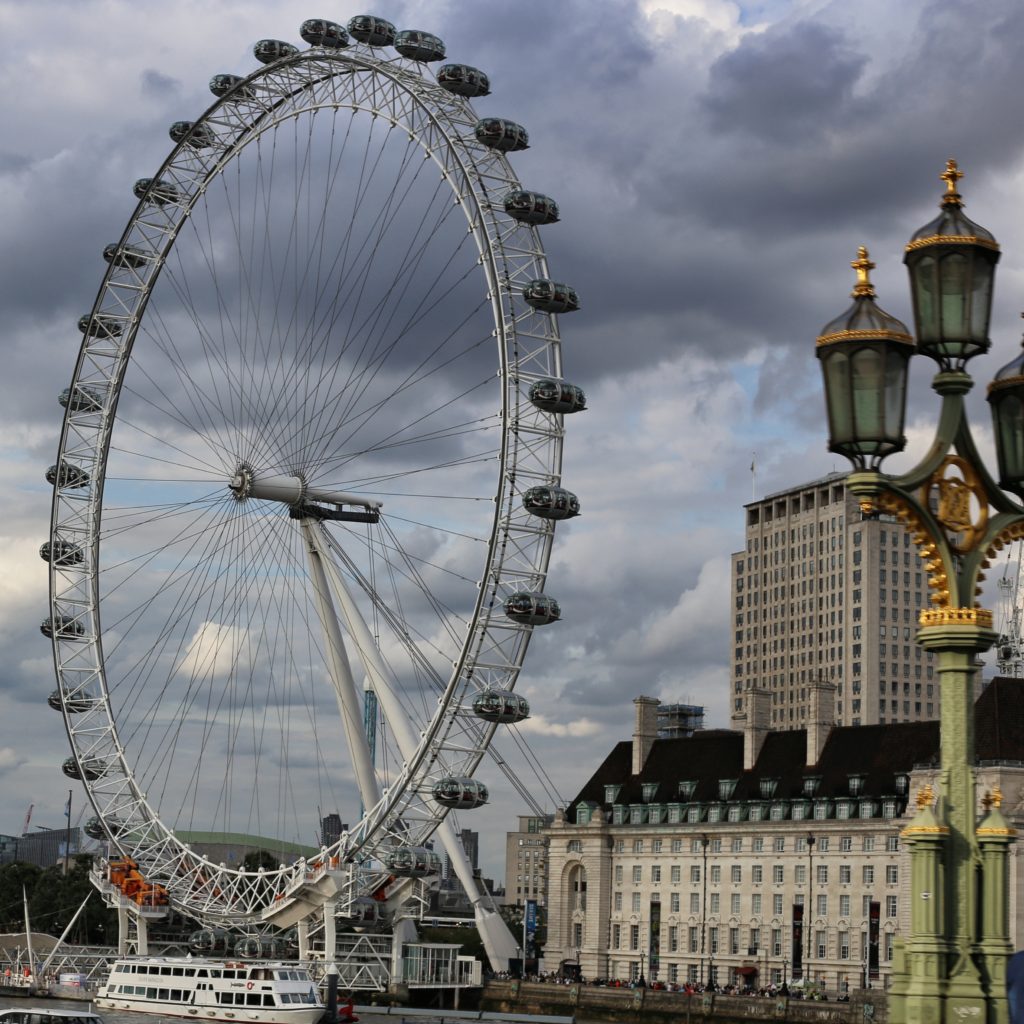The Yucatan was full of moments as we explored the sites from cenotes to dry caves to small towns.
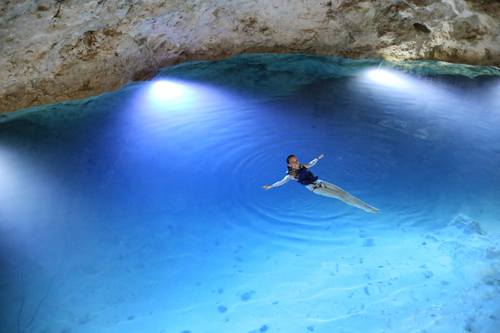
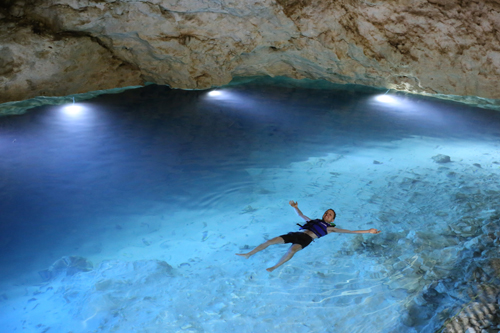
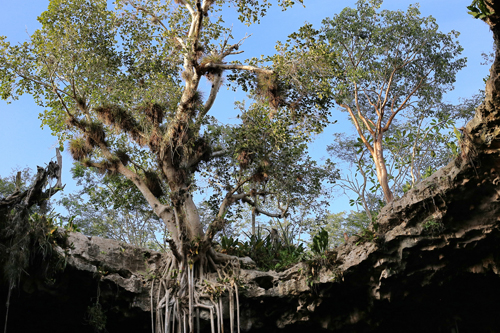
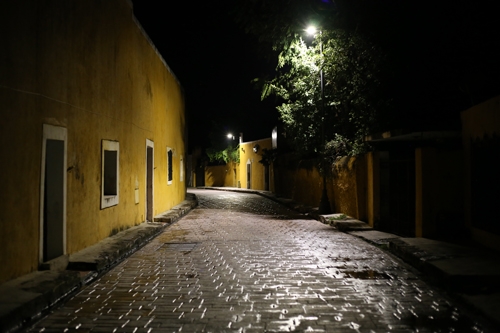
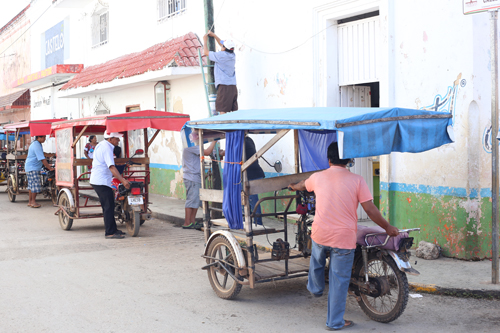

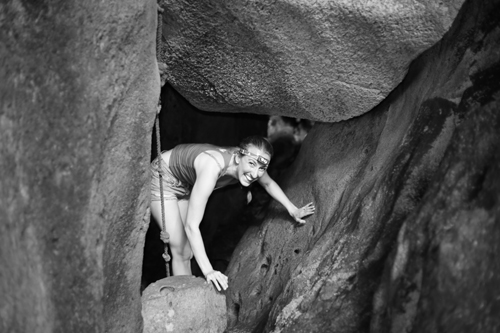

it's 40k kilometers around the world's circumference
The Yucatan was full of moments as we explored the sites from cenotes to dry caves to small towns.







The Mayans and the Aztecs were little more than a seventh grade history lesson before visiting the National Archeology Museum in Mexico City. Here, the civilizations came alive through the remains of long dead rock, carved into stories both intentional and functional.

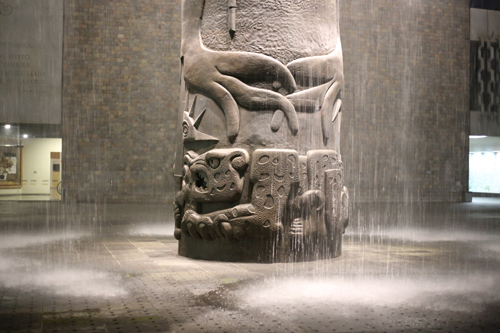
We arrived at the Museum after dark, greeted by the sounds of the wind and pounding rain from the fountain in the outdoor plaza. The fountain introduced us to the story of Mexico, using images to give homage to an Aztec legend that is now represented on the Mexican flag. In this legend, a god in a dream visited the leader of a nomadic tribe. The god told the leader that when the tribe saw an eagle, perched on a cactus, eating a snake, they were to settle there. This, of course, happened in Mexico City, then known as Tenochtitlan.
Inside, we were captivated by the richness of the beliefs that led their lives. The gods drove almost all of their actions, as they believed they had the power to control everything, including the rising and falling of the sun. In fact, they played a game to represent the battle between day and night to keep the gods happy, often ending in sacrifice of a player or even the whole team, though it is unclear whether the winning or losing team would be killed as sacrifice was an honor.

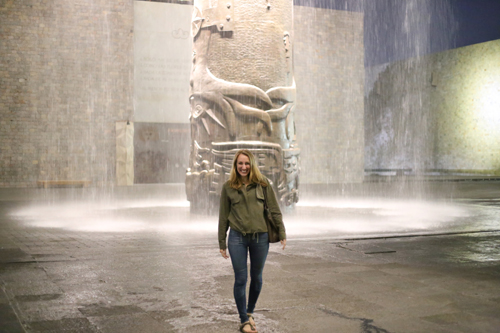
From drawings on walls and in scrolls we see that they believed heaven to be underground, and didn’t have a concept of good and bad. No action on earth would be punished, per say, you just died one way or another, and that would determine your experience in the afterlife. For example, warriors who died in battle would have a pleasant afterlife, while people who died of natural causes may have a less pleasant afterlife.
We travel often, and rarely see things that are truly foreign. Everyone we meet is driven by love. Everyone we meet has a desire to protect his or her family. Everyone we meet wants to be happy. But this, this was foreign. It seemed irrational at best, stupid at worst, and it took some time for us to remove judgment and listen. Perhaps the thing we have most in common is that we’re all looking for meaning, and long ago that meaning was found in the building of incredible pyramids, one stone at a time.
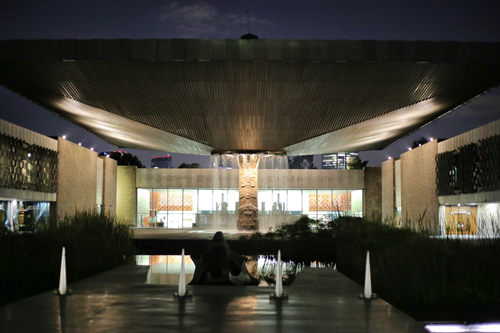

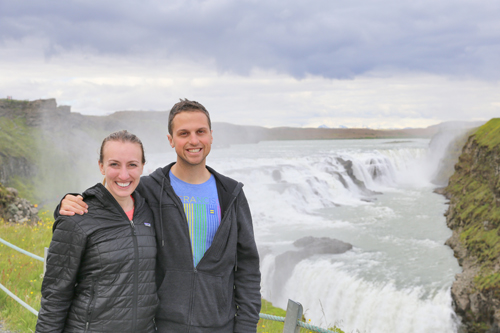




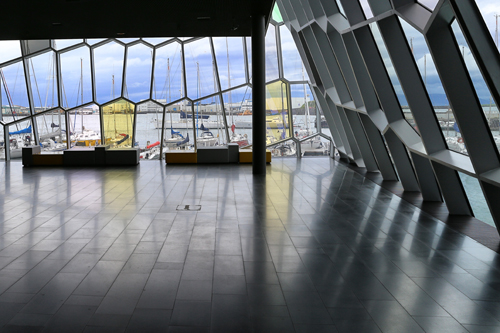
Iceland’s landscapes are spectacular, but equally interesting to the views is the audiobook we’re listening to. As entertainment in the car while we drive from geyser to waterfall to museum to hot spring, we listen to Meltdown Iceland: How the Global Financial Crisis Bankrupted an Entire Country. We learn how the 2008 world financial crisis began in Iceland, with its population of only 300k. And then we go on to see manifestations of that in many of the sites we visit.
At the geothermal energy center where we learn how Iceland uses geothermal energy to heat its cities, we also learn that the center was built just before the financial crisis. As a result, the center is beautiful, but unfortunately, they can’t afford to replace the expensive Italian light bulbs so the building isn’t shining quite as brightly as it used to. Also, when we visit Reykjavik’s concert hall Harpa, it was designed along with a hotel just before the crisis, but it wasn’t started until many years after the crisis. As we tour around, we learn of all the compromises that needed to be made because the original private donors could no longer support it.
Today, we enjoy the tourist hub that Iceland has become partly because of this mammoth financial explosion. But whatever the reason, there is no denying this beautiful country.
After our bike trip, we take an early ferry back to Bergen, rent a car, and hit the road towards Alesund. The journey is far, but the weather is perfect, and the fjords are shining. We stop early and often for food, photographs and viewpoints. An amazing part of Norway’s highway infrastructure is its tunnels. We go in tunnels that are 5 to 6 kilometers long, and apparently there is one that is more than 20. Instead of going around every mountain, we go straight through some of them – I love the efficiency and the breathtaking landscape just waits for us on the other side of the tunnel. (We also learn that Norway is working on a tunnel for boats big enough to fit cruise ships.)

The next day, we explore Alesund. Alesund’s history is bittersweet. Because of a fire in 1904 that burned down the entire city, everything was rebuilt in the art nouveau style. And today, the city just seems to fit together. After our typical breakfast of fresh bread, smoked salmon, yogurt and granola, we climb to the top of Sukkertoppen, overlooking the city. This is actually the second time we get this type of vantage point as we climbed the 418 steps just next to the city for sunset (~11:15pm) last night.
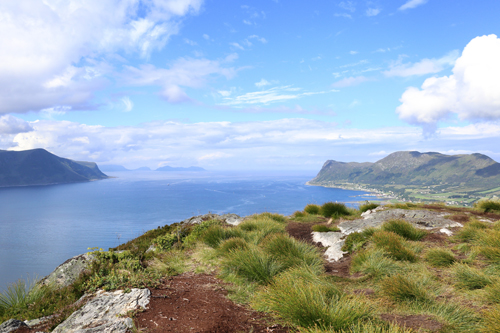
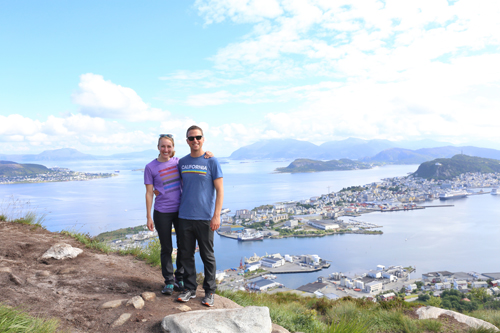
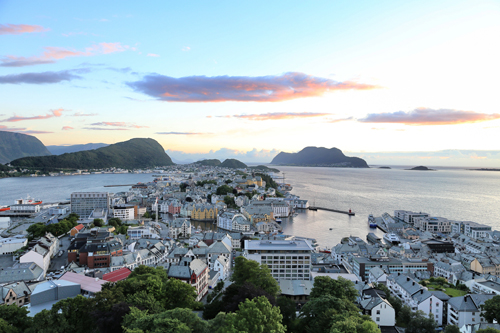
For our next vantage point, we walk through the old city enjoying shops, food stands, and its many boats. Later, to give our legs a little break, we rent kayaks and circle the city by paddle. Turns out that when we get a little outside of the protected waters in the center, there are some decent waves that give us a salty splash now and again.
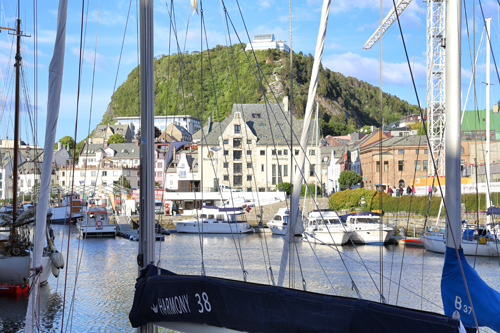

Finally, to round out the day, we drive out to Runde, an island known for its Puffins. The bridges along the drive are stunning and slightly scary. They are very steep, one-lane bridges. As a result, we can’t always tell if another car is coming up the other direction, and if it were, we would have to negotiate how to best pass each other.

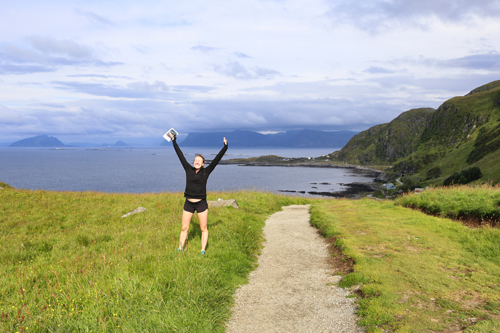
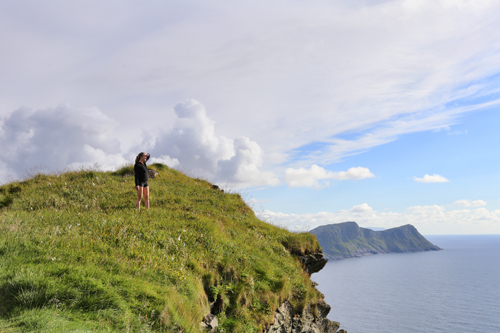
Runde ends up being a highlight of the whole trip. The sky is big with layers of clouds but enough sun to give us lots of energy. The landscape is as vast as we’ve seen it, and in every direction. The lighting is warm, the trail we take keeps providing us with new surprising views, and the puffins (although from a distance) are as cute and playful as the stuffed animals of their likeness made us believe. Runde was a bit of a drive outside of Alesund, but completely worth it.

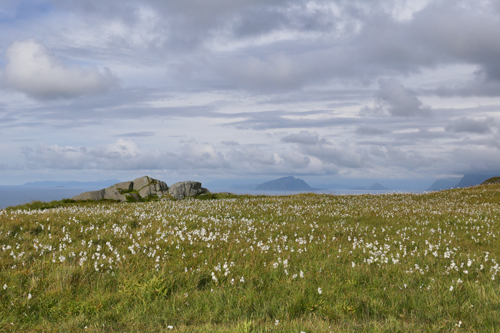

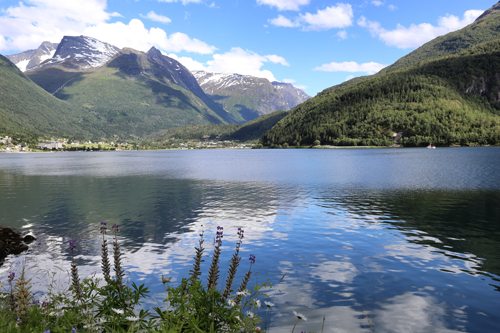
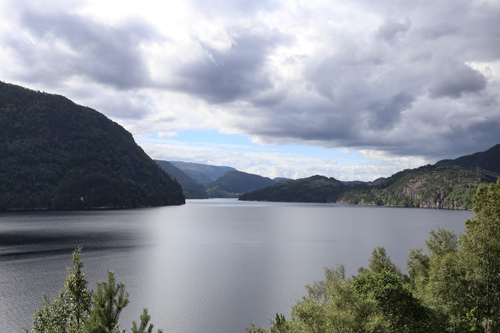
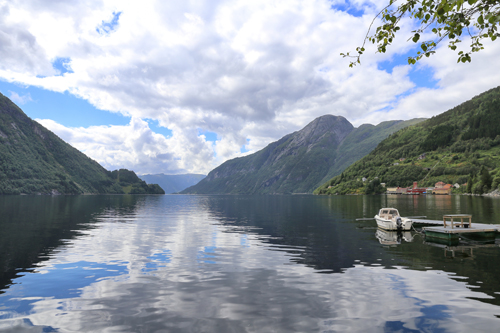
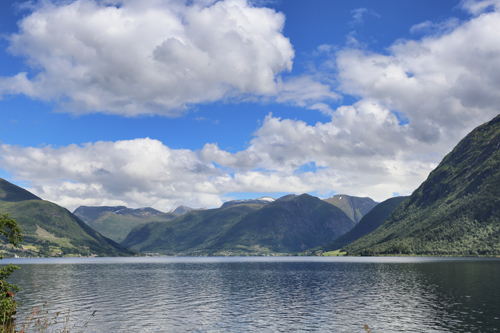

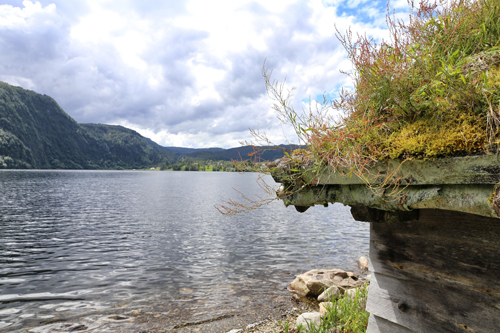
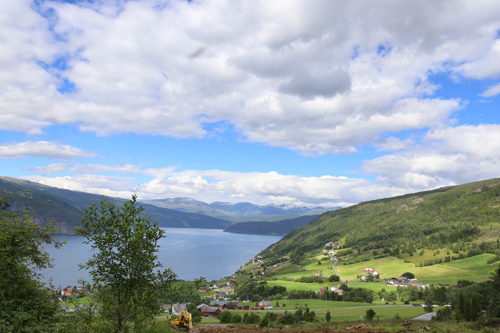
Pro tip: We visit the waterfalls at 9am, which means less swimming, but more importantly no other visitors. We have the place to ourselves until 10:30am. And what a place it is. The pictures don’t do it justice.

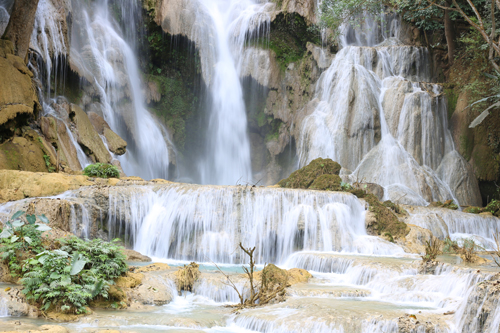

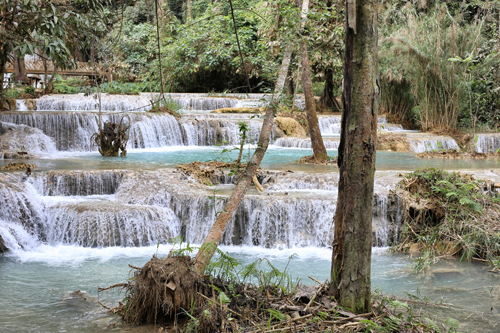
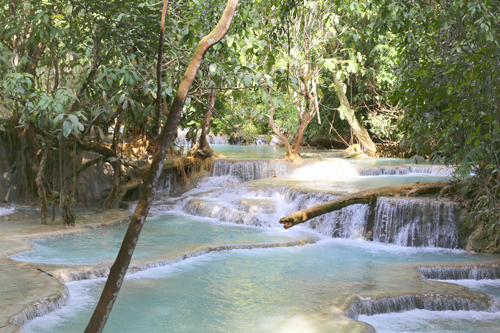
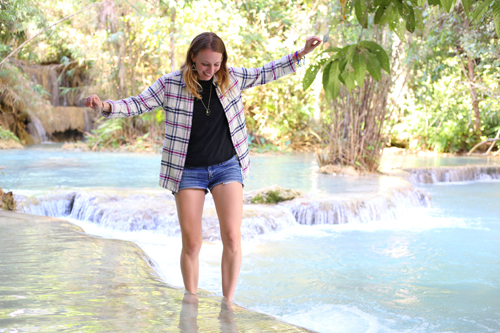
The Sapa Sisters tour that we took while in Sapa is run by local Hmong women. Sam was our wonderful guide!
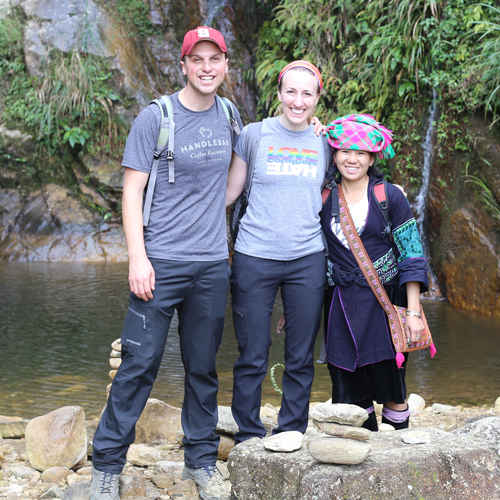

1.) As recently as 20 years ago, the Hmong women got married at just 14 or 15 years old. A man would decide which woman he wanted to marry, then find 10 friends to help him kidnap her at the market. (We’d hoped kidnap was a more playful term here, but it isn’t.) He’d take her to his house for three days and rape her, then bring the child back to her parent’s home. Her parents, fearing she’d be pregnant, would force her to marry the man, meaning she’d move to his village and spend the rest of her life caring for him and their children. The practice was officially banned when women started committing suicide as a result. However, this still happens some today, but less and less.
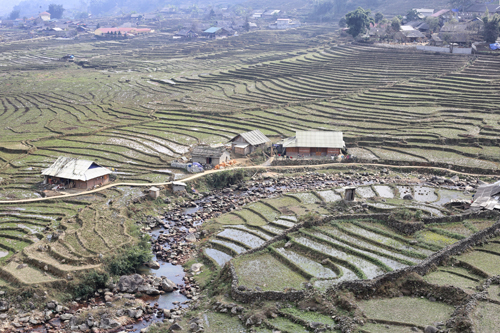
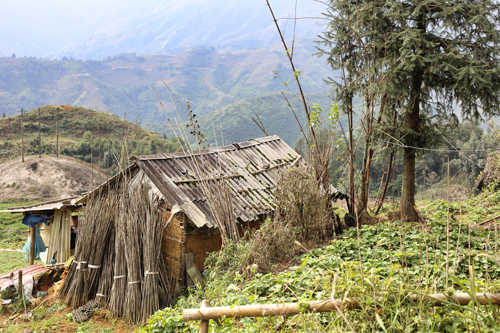
2.) The Hmong continue to put a wonderful energy into making their local clothing when western style clothes have become cheaper and more plentiful. To begin to describe this process, the Hmong women start with hemp, patiently turning that into string during a 3 to 4 month process. They dye it a deep blue from a plant, leaving the skin on their fingers permanently a greenish-blue. They weave the string into fabric with a loom and then very carefully hand-stitch together many delicate patterns and designs into the fabric. The Hmong women are supposed to make one outfit for every member of their family every new year. Making these clothes is so clearly a labor of love, pride, and appreciation for their own culture and tradition.
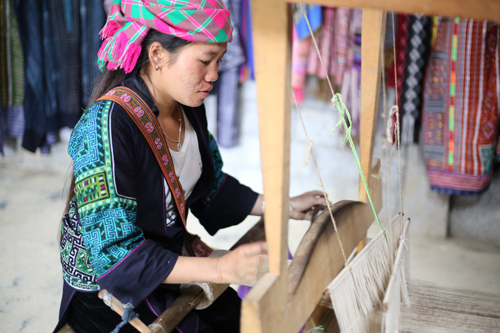
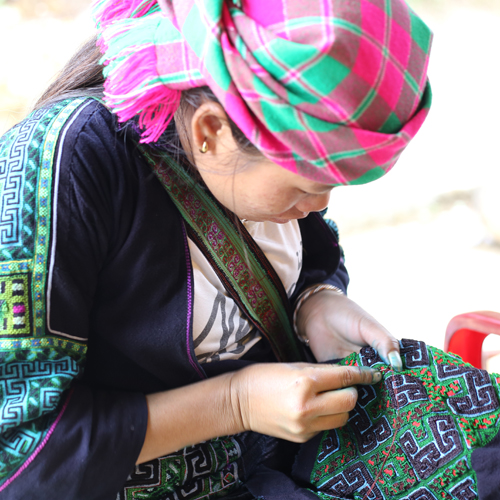
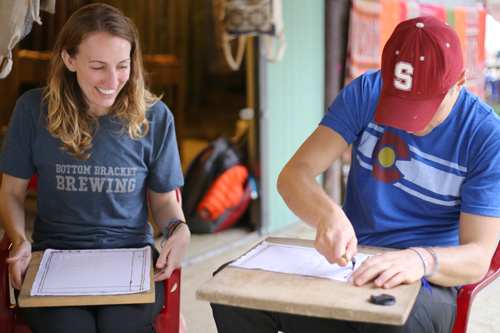
3.) Most of the Hmong people practice a religion described as shaman. When you get sick, it means your spirit has left you. You go to the shaman, a very old woman, and she tells you how to get better. If you have a headache, she prescribed boiling water applied to your forehead for 20 minutes. If this doesn’t work, you go back and the shaman gives you a silver bracelet. If, after a few days, this still doesn’t work, you go to a new shaman.
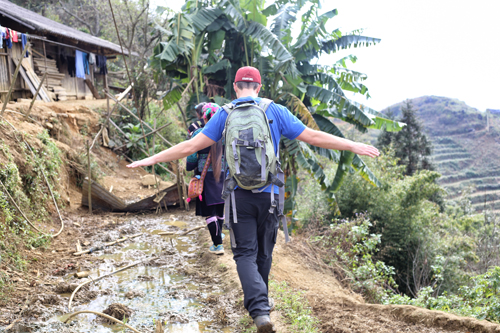

4.) Hmong parents want sons. Though daughters may help them with housework, a son will care for them when they’re old. Often, women will have 3 or 4 girls, hoping the next will be a boy. Sometimes, they’ll buy a boy from another family who has a few or whose parents are addicted to opium. If a woman produces no sons, she stands the risk of her husband divorcing her. Women, on the other hand, would have a very hard time divorcing their husbands, even in situations of abuse or alcoholism.
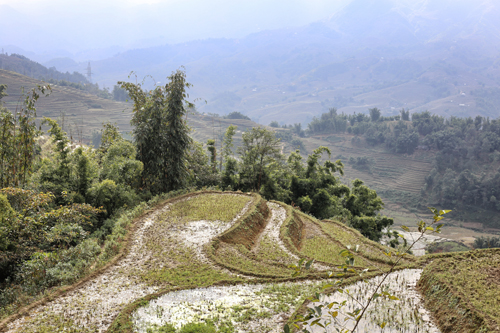
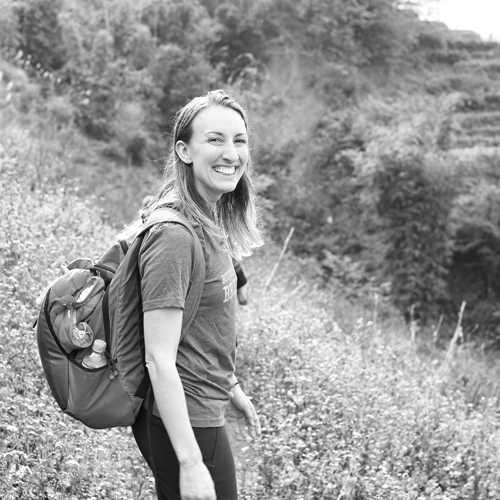
5.) Dozens of little girls ran to us along our hike, selling bracelets for 10,000 dong (equivalent to 50 cents). We had to decline though, in the hopes that their parents would begin sending them to school instead of off to work. It wasn’t until recently that the Vietnamese government helped to build schools, dotting every village in yellow buildings. Sam, our guide, never saw the inside of a classroom as a child.
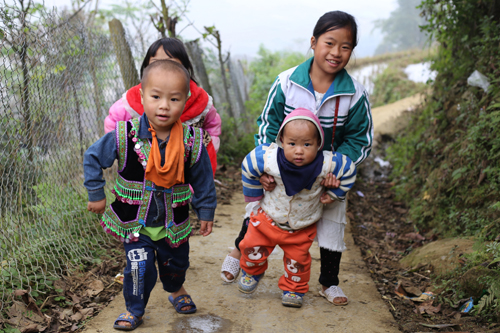
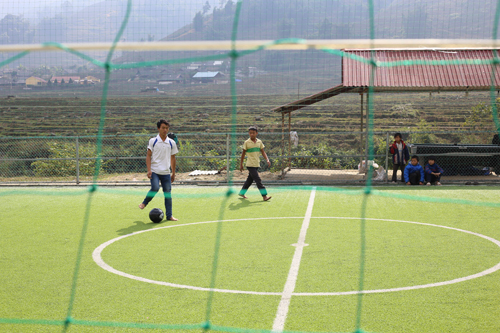
6.) Our Hmong guide seemed so satisfied and fulfilled. It is so easy for us coming from our western ways to pass judgment on what success should look like, or on what everyone should be striving for in their life. Sam, our guide, however, seems to have life more figured out than most of us. She loves being a guide, and she hopes her daughters also get to be guides when they grow up. When asked where she would want to visit or travel, she said to a beach. Not somewhere too far or too foreign, just something a little new. Sam is in the process of building a wonderful and simple new home, which she was so proud to share with us. She sends her daughters to school every day, takes care of the home, spends days at a time with tourists sharing her countryside with them, and just has a zeal for life that was contagious. Thank you Sam for sharing a piece of your world with us.
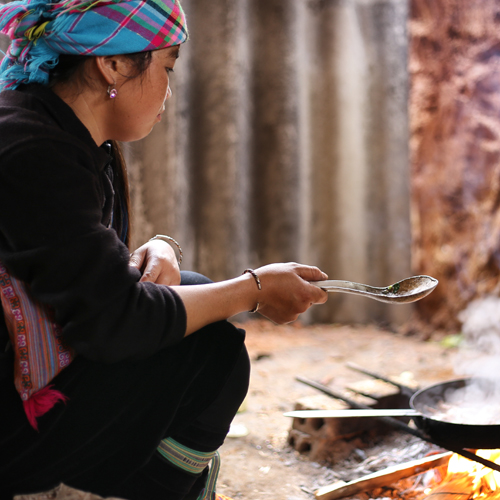
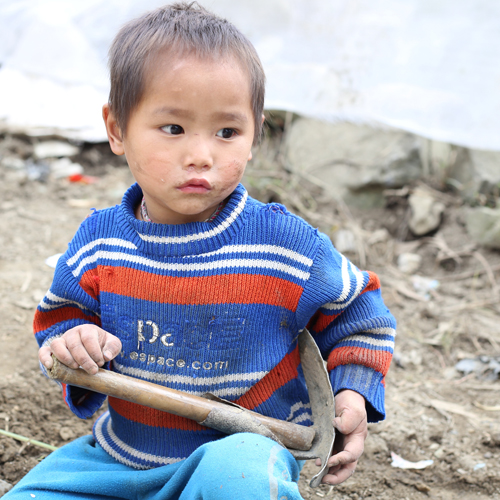
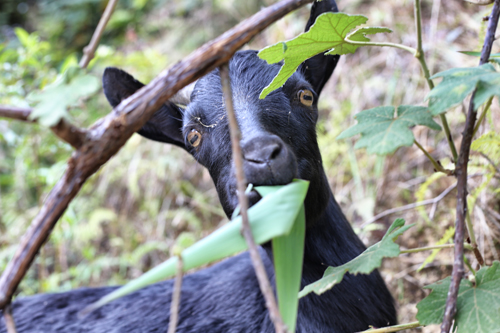
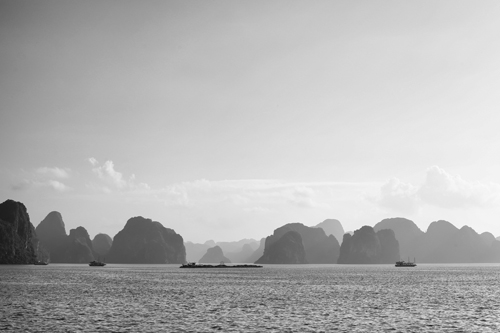
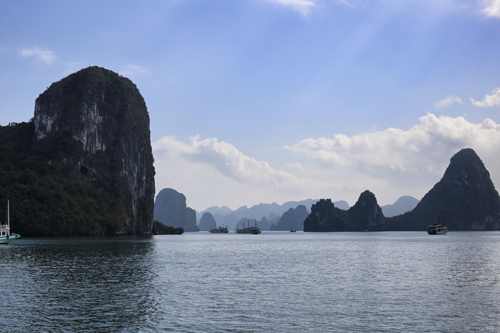

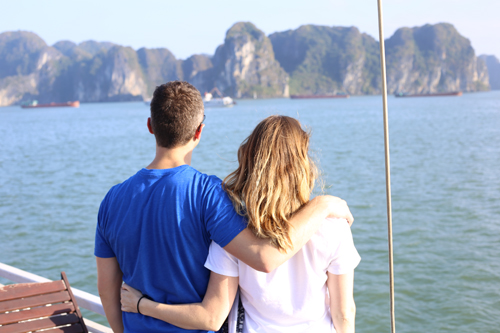
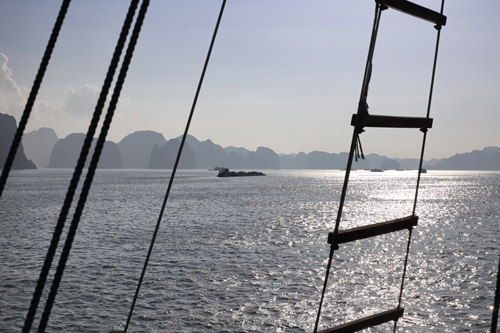

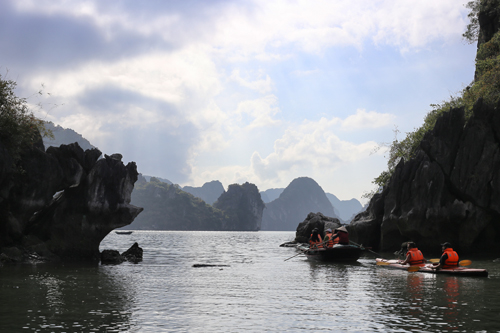
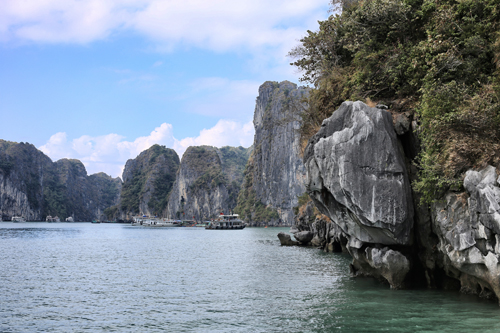


Seoul is a blessing in disguise. Our time here is an accident, but Lindsey and I settle into our new reality and decide to make the most. We wake up Monday morning, ready to experience Seoul.
Breakfast: The concierge at our hotel helps us to chart a path for the day, starting with breakfast at a noodle shop tucked away in an alley in Myeondong. It’s the authentic feel we were craving. Old women work with plastic bowls in the back, their ingredients strewn in bags and hung in the alley. Locals come and go in the time it takes us to decide what to order. The food is spicy, delicious, and a steal at just $5 each.
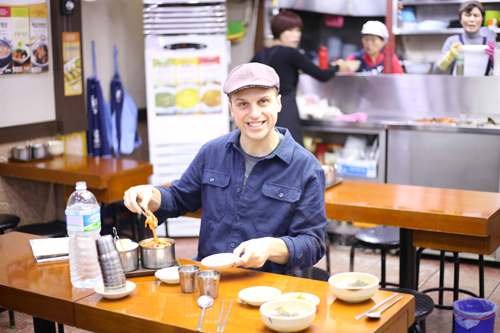
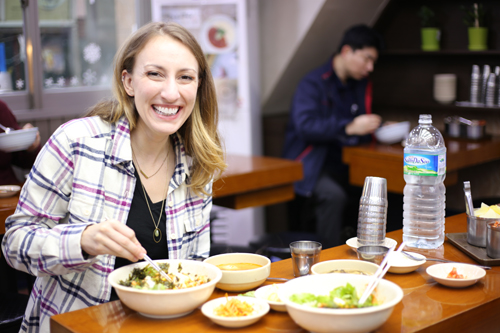
Morning stroll: Although tea isn’t as big in South Korea as it is in some other Asian countries, we couldn’t resist green tea lattes from O’Sulloc Tea House. We sip slowly (they were… thick) as we wander the quiet main street Myeondong. This is the place to go for all Korean skincare products. Think masks made of snail mucus. The loud music blending together from each storefront is energizing. Along the way, we visit the Myeondong Cathedral, famous both for its Catholic significance and its advocacy of democracy. We round out our morning walk on the Cheonggyecheon, an urban park along the waterway that is unexpectedly decorated with some of the most playful and eccentric Christmas decoration.
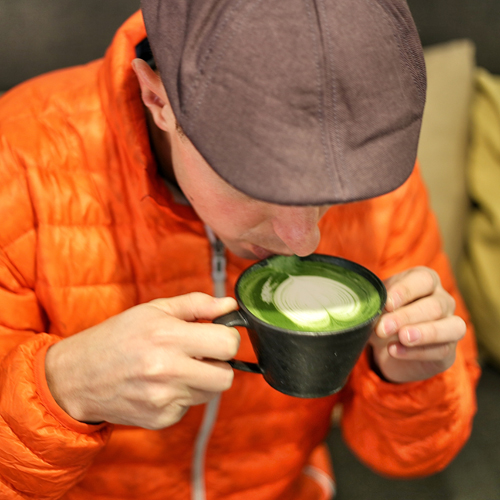
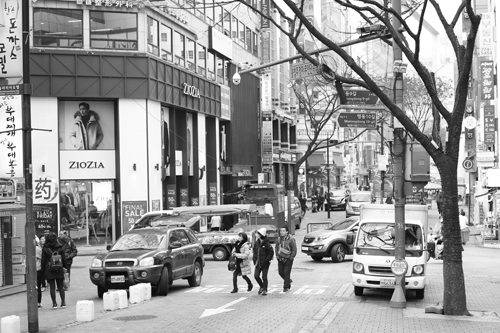

Late morning pick-me-up: We find a piece of San Francisco when we step into Tesarosa Coffee near Gwanghwamun park. It has the hipster baristas, the expensive beans, the over-priced pastries, and the rustic yet modern décor. And for all of that, we love it! The coffee is great and we feel refueled and ready to continue.
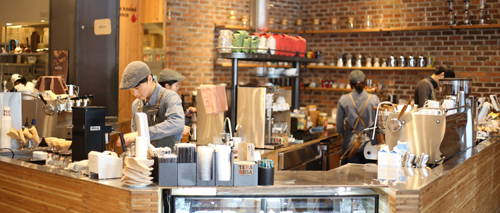
A piece of Korean culture: Gyeongbokgung palace is a beautifully restored palace in the north of Seoul. It is truly regal and beautifully restored. The sun comes and goes as we walk through the many levels of this palace, and each new corner presents us with more magical moments.
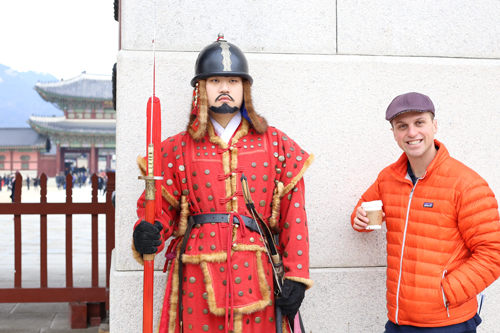
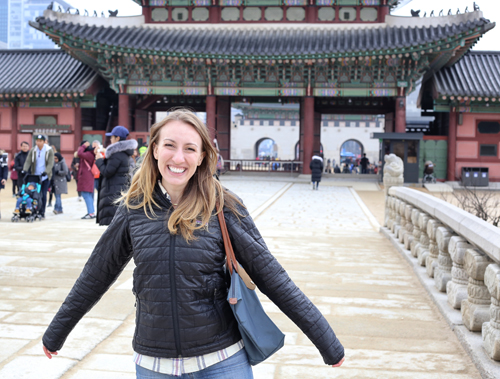
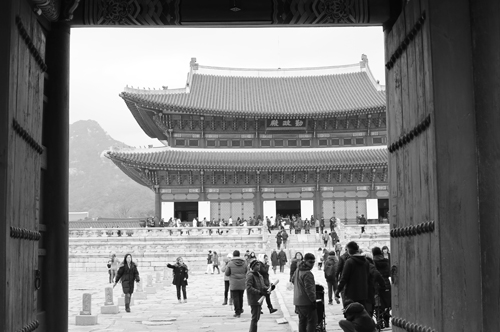
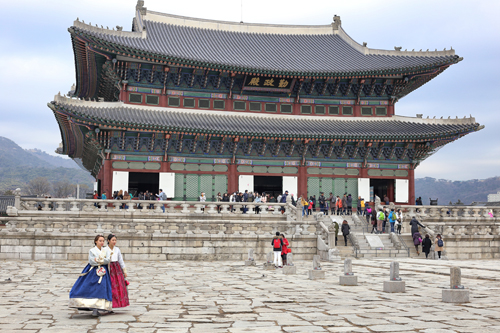

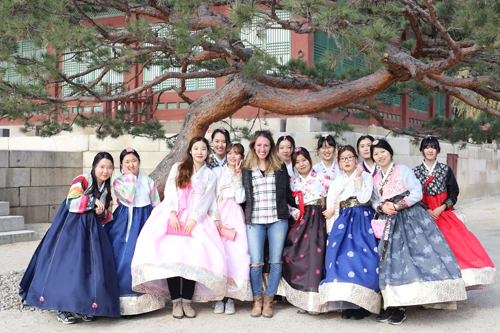
Lunch and afternoon shopping: After the palace, we head to Insadong, a part of Seoul with traditional shops and restaurants. We enjoy meandering through shops, looking at art in all of its forms from ceramic to paintings to sculptures. We sample dragon hair candy and buy a scroll that reads, “Every day is new”. It feels fitting given the circumstances. Bibimbap calls for lunch, so we find a spot called Gogung to rest.
A step back in time: With our stomachs full, we walk to Bukchon hanok village whose steep streets remind us of San Francisco. Each resident’s home is numbered, leading visitors along a path that offers a glimpse back in time. The beautiful roofs, the detailing on the doors and walls, and the window paneling all let us imagine what Seoul might have looked like many years ago. Highly recommend.
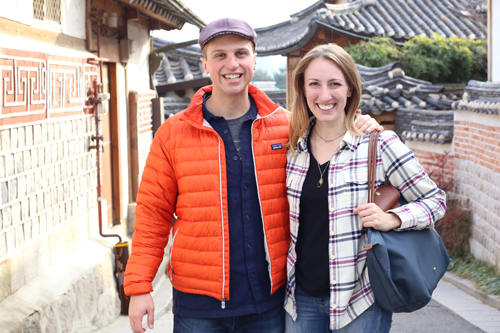
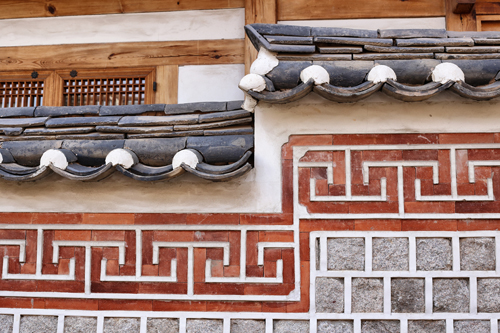
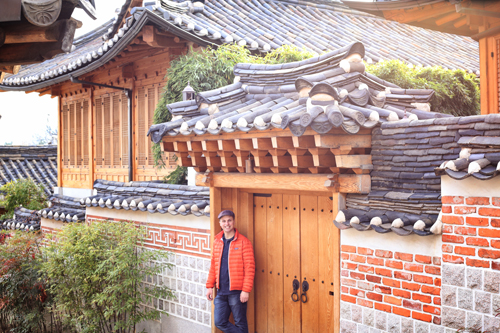
The other side of the river: So far today, we’ve explored the north side of the Han river, but to get a sense of Seoul, we can’t leave without exploring a new area. So we head to Garosugil near Gangnam, a tree-lined street full of up-scale shops and restaurants. It’s Boston’s Newbury Street in South Korea. One store called Line Friends is drawing a real crowd, so like any good tourists, we also venture in. We don’t know exactly who these friendly looking characters (stuffed animals) are, but we still hold a photo shoot with an extremely oversized bear to commemorate this occasion.
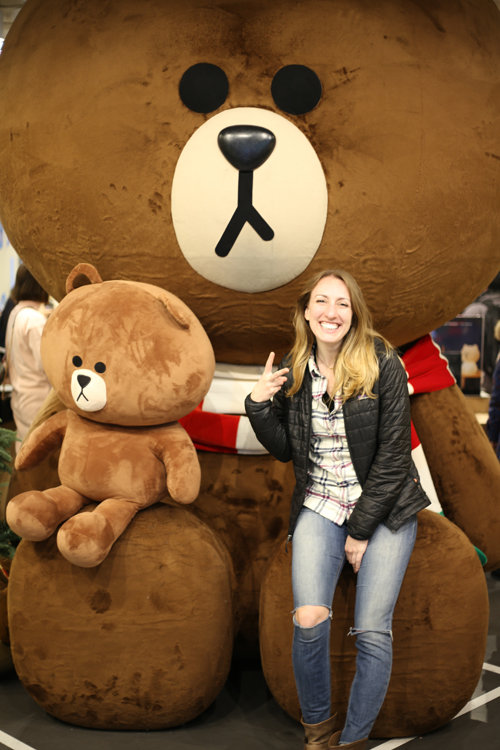
Dinner time: Exhausted, we end our day with some Korean BBQ at Two Plus (TwoPpul DeungShim). The beef that we have is incredible, and by definition straight off the grill.
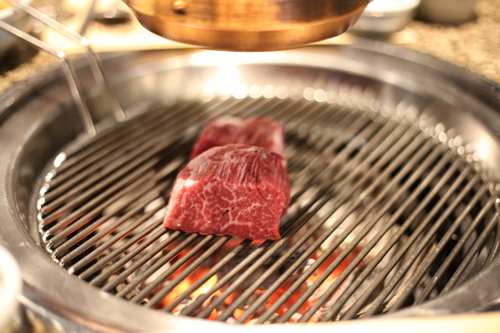
Evening markets: We thought this night was done until we saw flashing lights from the other side of our hotel. We wandered over, slipping under the streets and through the metro to reach the place where we’d started our day: Myeondong. This time, Myendong was alive with dozens of street vendors selling juice, fried shrimp, and Korean snacks. The street seemed to be brighter at night than it was during the day.
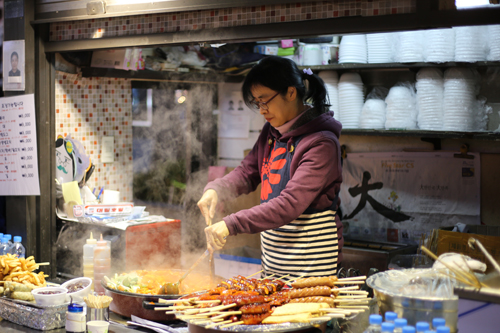
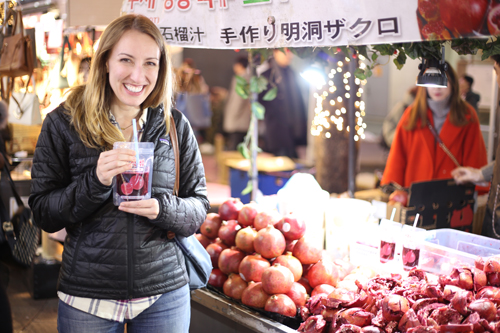
And with that, we call it a day. 36 hours well spent in Seoul, South Korea.
London definitely has a certain charm about it. I’m not sure if it’s the accent or the history or the posh style or something else, but there’s something about it that makes it feel like I may be living in a movie. To drum up this feeling even more, Lindsey and I tour Soho, where we drop in every other coffee shop for a flat white. The sun is out, the pastries are warm, and the coffee delicious – overall, a great morning activity!
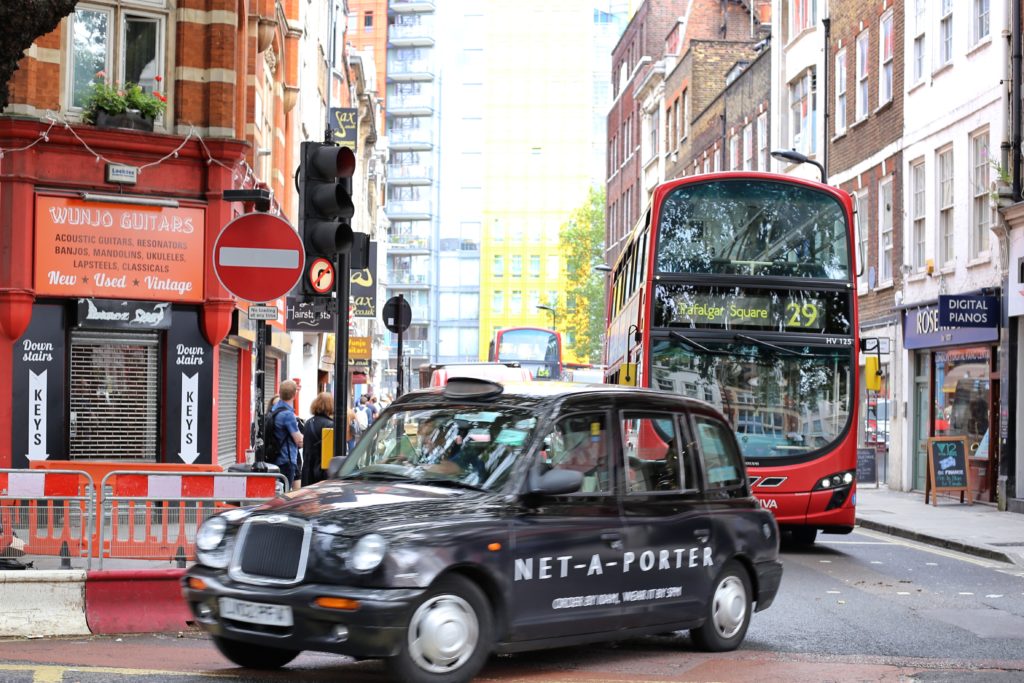
At another break in wedding activities, we head over to Kensington Gardens, again met by Lindsey’s friend, where we enjoy a refreshing (and very sweet) Pimm’s Cup complete with Pimms, fruit, cucumber, lemonade and mint. To complement the Pimms, we eat some delicious scones and other snacks.

No British experience is complete without fish and chips, and maybe some chicken mushroom pie, both some of London’s delicacies that can’t be passed up. Between the wedding, seeing old friends, and diving into London’s sights, sounds and tastes, we leave the city with a true appreciation.
